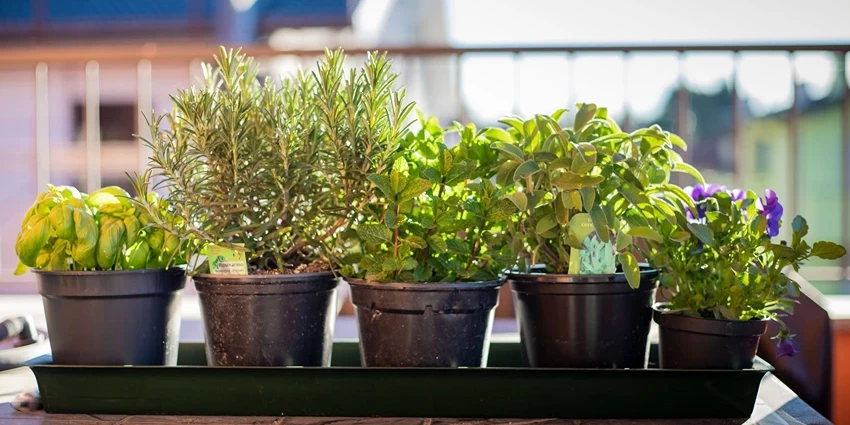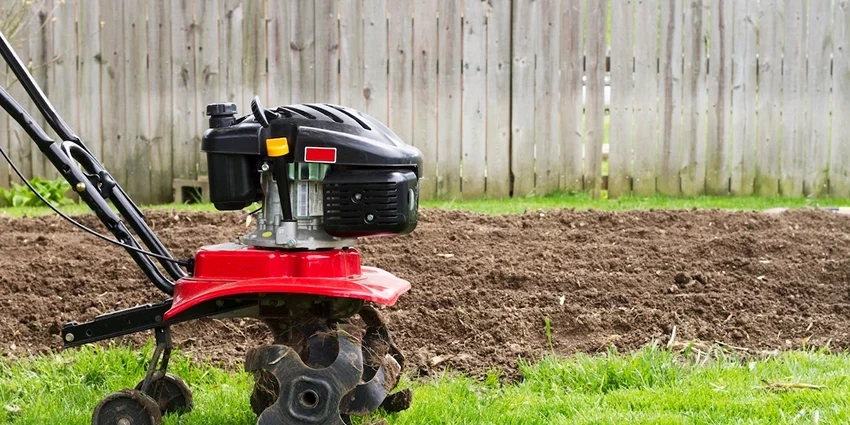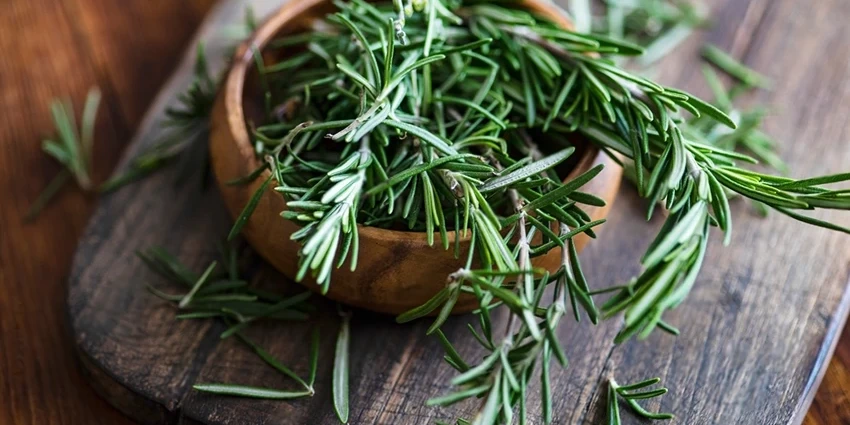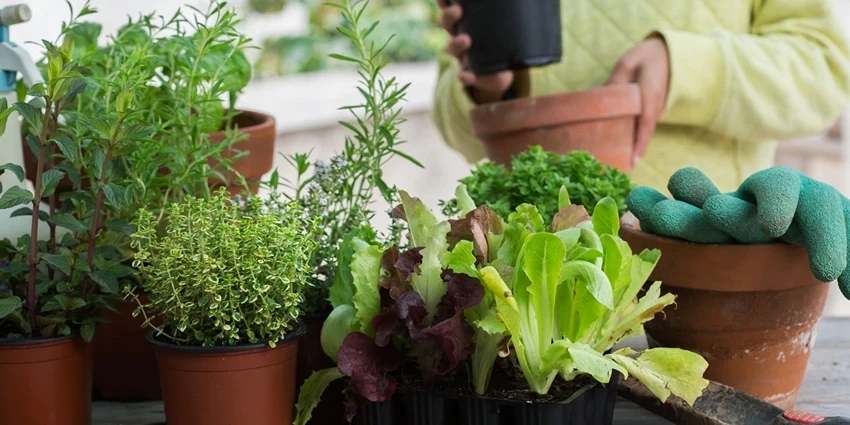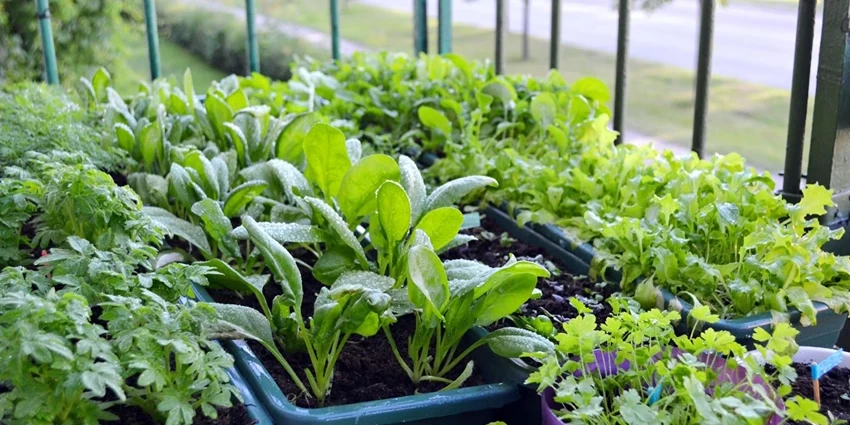All products were chosen independently by our editorial team. This review contains affiliate links and we may receive a commission for purchases made. Please read our affiliates FAQ page to find out more.
Home » Gardening Methods » Herb Gardening for Sustainability
In the quiet corner of every eco-conscious individual’s heart, there’s a dream to cultivate a space that not only yields fresh produce but also contributes positively to the environment. The concept of sustainable gardening is no longer just a trend; it’s a lifestyle choice that’s gaining momentum across the globe. Whether you have sprawling acres or just a modest balcony, you can make a difference with herb gardening and container vegetable gardens.
Register for our latest in-depth reviews and product round-ups from the experts.
Enter your email address below to receive our monthly review emails.
By entering your details, you are agreeing to our terms and conditions and privacy policy. You can unsubscribe at any time.
Planning Your Sustainable Garden
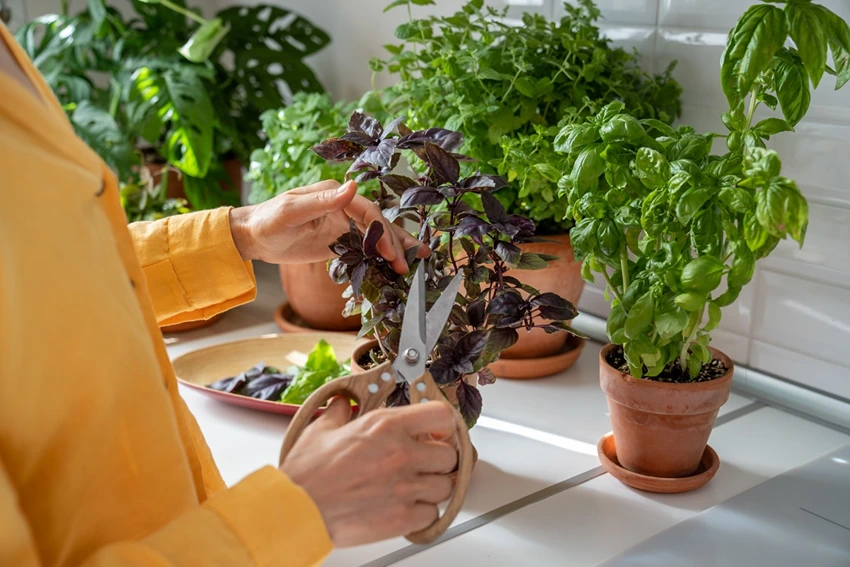
Selecting the Right Containers
When embarking on your journey to create a container vegetable garden, the first step is choosing the right containers. Not all pots are created equal, and the material can have a significant impact on both your plants and the environment.
- Clay pots are porous and allow roots to breathe, but they can be heavy and fragile.
- Recycled materials offer an eco-friendly alternative, turning old items into resourceful plant homes.
- Biodegradable pots reduce waste, as they can be planted directly into the soil, decomposing over time.
Choosing Eco-Friendly Materials
The materials you choose for your garden should reflect your commitment to green living. Opt for natural fertilizers and compostable planters to ensure that your gardening practice is truly eco-friendly.
- Natural fertilizers: Use organic compost, ideally from the best compost bins, or create a worm farm to enrich your soil naturally.
- Compostable planters: Consider using pots made from sustainable materials like coconut coir or rice husks.
Designing Your Herb Garden
Designing an herb garden is not just about aesthetics; it’s about creating a functional space that maximizes efficiency and productivity, especially during the warmer months. For insights on optimizing your herb garden in summer, explore our guide on herb gardening in summer.
- Vertical gardening: Utilize vertical space to grow herbs like basil, thyme, and mint.
- Companion planting: Grow herbs that complement each other and help deter pests naturally.
Implementing Sustainable Practices
Soil and Composting Techniques
The soul of your garden lies in the soil. Healthy soil is teeming with life and is the foundation of any successful garden.
Table: Benefits of Healthy Soil
| Benefit | Description |
| Enhanced growth | Nutrient-rich soil promotes vigorous plant growth. |
| Disease resistance | Healthy soil supports plants in resisting diseases. |
| Water retention | Good soil structure retains water more efficiently. |
Composting is a cornerstone of sustainable gardening. By composting your kitchen scraps and garden waste, you’re returning nutrients back to the soil, completing a natural cycle that benefits your plants and the environment.
Water Conservation Methods
Water is a precious resource, and conserving it is a key aspect of sustainable gardening.
- Rainwater harvesting: Collect rainwater to use in your garden.
- Drip irrigation: Install a drip irrigation system to deliver water directly to the roots, reducing waste.
Organic Pest Control Solutions
Pests are a natural part of the garden ecosystem, but managing them doesn’t have to involve harsh chemicals.
- Natural predators: Encourage birds and beneficial insects that prey on common pests.
- Barriers: Use physical barriers like nets to protect your plants from insects and animals.
Companion Planting Strategies
Companion planting is the practice of growing plants together that benefit each other.
Table: Companion Planting Combinations
| Herb | Companion | Benefit |
| Basil | Tomato | Repels flies and mosquitoes |
| Chives | Carrots | Deters carrot fly |
| Mint | Cabbage | Deters cabbage moth |
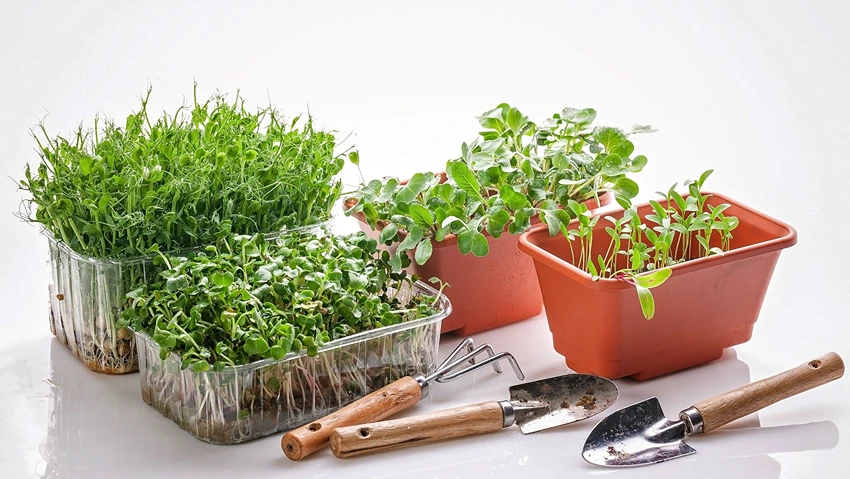
Maintaining Your Eco-Friendly Garden
Seasonal Care for Herb Gardens
Herbs require different care depending on the season. Here’s how you can ensure they thrive year-round:
- Spring: Prune winter damage and start seedlings indoors.
- Summer: Harvest regularly to encourage growth.
- Autumn: Collect seeds and prepare perennials for winter.
- Winter: Protect sensitive herbs with mulch or bring them indoors.
Sustainable Harvesting Practices
Harvesting your produce sustainably ensures that your garden continues to produce for years to come.
- Selective harvesting: Take only what you need when you need it to allow plants to continue growing.
- Seed saving: Collect seeds from your plants to sow the next season.
Long-Term Health of Container Vegetable Gardens
Container gardens require ongoing attention to maintain their health and productivity.
- Rotation: Change the location of plants each season to prevent soil-borne diseases.
- Refresh soil: Replace or replenish soil in containers to ensure it remains nutrient-rich.
Innovative Eco-Friendly Gardening Techniques
In the quest for a greener thumb, innovation is key. Here are some cutting-edge techniques that can elevate your eco-friendly garden:
Integrated Pest Management (IPM)
IPM is a holistic approach to pest control that minimizes the use of chemicals and focuses on long-term prevention through a combination of techniques.
Table: IPM Strategies
| Strategy | Description |
| Biological control | Use of natural predators or parasites to control pests. |
| Cultural practices | Crop rotation, sanitation, and habitat manipulation to prevent pests. |
| Mechanical control | Use of traps, barriers, or manual removal of pests. |
Permaculture Principles
Permaculture is a philosophy of working with, rather than against, nature. It’s about creating sustainable and self-sufficient ecosystems.
- Observation and interaction: Learn from nature and adapt your practices accordingly.
- Catch and store energy: Use natural resources like sunlight and water to their full potential.
Hydroponics and Aquaponics
These soil-less gardening methods can be incredibly water-efficient and are perfect for urban gardeners with limited space.
- Hydroponics: Growing plants in a water-based, nutrient-rich solution.
- Aquaponics: Combining fish farming with hydroponics, where fish waste provides plant nutrients.
Community Involvement and Education
Gardening is not just an individual pursuit; it’s a community endeavor. Here’s how you can get involved:
Community Gardens
Joining or starting a community garden can have a multitude of benefits:
- Shared knowledge: Learn from fellow gardeners and share your own experiences.
- Resource pooling: Share tools, seeds, and other resources to reduce individual costs.
Workshops and Seminars
Education is a powerful tool for spreading the word about sustainable gardening.
- Host workshops: Teach others about composting, container gardening, or organic pest control.
- Attend seminars: Stay informed about the latest sustainable gardening practices.
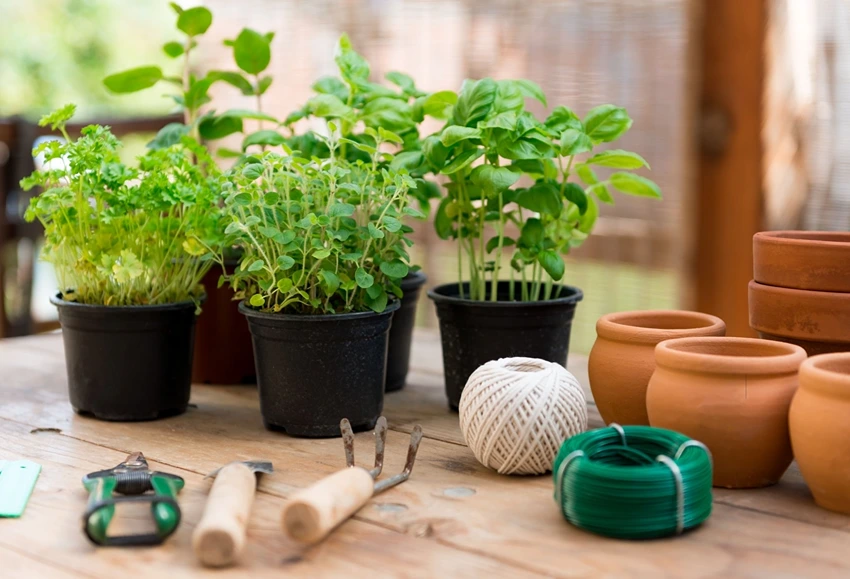
Future Trends in Green Gardening
The future of gardening looks green, with trends focusing on sustainability and environmental stewardship.
- Smart technology: From moisture sensors to smart watering systems, technology is making it easier to garden efficiently.
- Biodiversity: There’s a growing emphasis on planting native species and creating habitats for local wildlife.
Frequently Asked Questions
- Use vertical planters: They take up less space and can be hung on walls or balconies.
- Choose compact varieties: Some herbs are better suited for small spaces due to their growth habits.
- Composting: Kitchen scraps can be composted and used as a rich fertilizer for your plants.
- Direct application: Some scraps, like banana peels or eggshells, can be applied directly to the soil after proper preparation.
- Lettuce: Easy to grow and harvests quickly.
- Tomatoes: Require some care but are very rewarding.
- Herbs: Most are low-maintenance and can be used in your kitchen.
- Check the soil: Water when the top inch of soil feels dry.
- Monitor plant needs: Some plants require more water than others, so adjust accordingly.
- Prevention: Healthy plants are less susceptible to pests.
- Natural remedies: Neem oil, soap sprays, and diatomaceous earth are effective and eco-friendly options.
A passionate plant enthusiast on a mission to turn every space into a blooming haven. With a love for all things botanical, I'm your gardening guide, sharing quick tips, the joy of nurturing plants, and the belief that every day is a great day to garden. Join me in cultivating a thriving garden paradise—we'll sow, grow, and flourish together in this green revolution!


